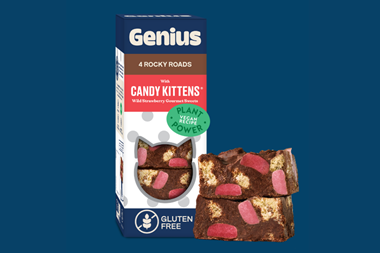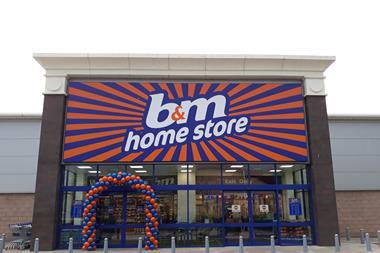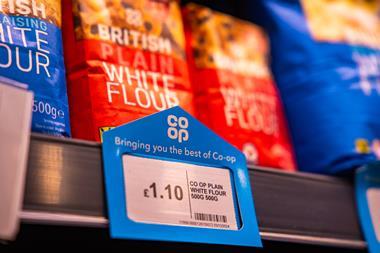
Tesco has been growing its market share every month since last August. Its sales have risen 4.9% in the latest 12 weeks [Kantar]. Given the UK’s largest supermarket already had a share almost double its nearest rival, it’s an impressive feat. So what is it doing and what can we learn?
Tesco says ‘magnetic value’ is a strategic priority – put simply, value that keeps the customer coming back. With the introduction of Clubcard Prices, Tesco once again changed the loyalty game. Sainsbury’s followed, and both have reaped the benefit in market share.
Shoppers love the idea of being in a loyalty programme that offers significant savings on every visit – far more than they loved plain old promotions. Tesco knows it is onto a good thing, and so Clubcard Prices are all over the store, even if the new branding is less attention-grabbing.
Alongside Clubcard Prices, Tesco has Aldi Price Match, lots of extra-large packs – probably learnt from Booker – and a conscious move from branded to own label in its Express stores. All in all, it has been visibly working to help its customers with the cost of living.
When it comes to quality, innovation and the shopping experience, Tesco points to plenty of new own-label products and to Finest’s growth. Is it leading on quality? Probably not, but it does a good enough job for most people, most of the time.
Four big aisles for quality and store experience are produce, MF&P, bakery and meals. Get those right and shoppers are disproportionately impressed. Tesco’s produce is solid in terms of presentation and availability, though it underperforms in organic.
Bakery at the store I visited was underwhelming compared to Lidl. However, Tesco has delivered good innovation in MF&P, including Firepit in summer and slow-cooked, oven-baked lines in winter. ‘Dinner sorted’ brings together a good selection of meal bundles and deals.
Except for Clubcard, what Tesco is doing for shoppers is not cutting edge. But if it’s not the best at most individual things, it is a strong all-rounder. Rather than targeting the quality end or price end, it is looking to deliver a package that is a winner for the masses. Maybe we’re now seeing something similar politically in the UK – there is a lot of noise around the extremes, but the biggest demand lies somewhere in the middle.
Delivering on the things that matter to a lot of people, rather than trying to be absolutely the best at one or two elements, can work well. Tesco may lack a bit of differentiation aisle by aisle, but it competes well as a whole. And it will point to those market share results to show it’s doing something right.



















No comments yet